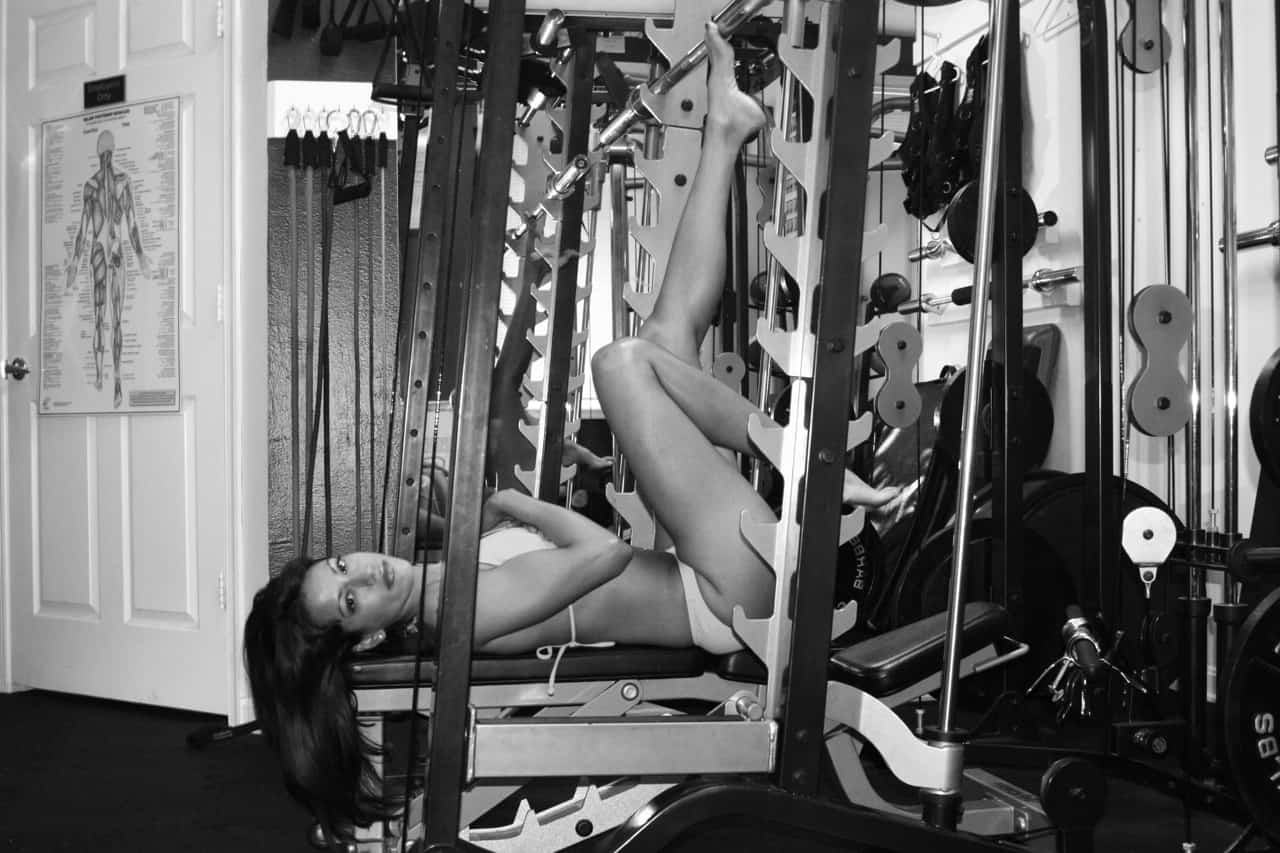Working with athletes (and athletes at heart!) is one of the joys of being a personal trainer. They are the client that works hard from start to finish, shows up on time with a great attitude, always up for a new challenge, enjoys setting PRs, improving their endurance, participating in the toughest of races (willingly!), and hardly ever complain.
But even elite athletes and bodybuilders take measured rest periods after hard training seasons, and you should too. That doesn’t just apply to training, either. Long term goals, like “I would like to lose 50 lbs in one year,” require a long-term, well-thought out plan with measurable goals. And just like the example of our hard training athlete, your long-term plan should include a scheduled diet break.
How do you know for how long, and when? Some people need breaks every 6 weeks, some 12 weeks, and some can go a little longer. As with your training, the more aggressive the program may be, the more probable it is that you will need to take a break sooner. Either way, your body will likely protest if you’ve been doing the same thing for too long. Your progress stalls, your strength or endurance may possibly decrease, you hit a plateau, the scale doesn’t budge, and you no longer feel the same level of motivation. And staying motivated is important when you’re committed to better health in the long run.
A full diet and training break can last anywhere from 5-14 days. I learned the hard way that I don’t recover as well as I used to, and for me the symptoms of overtraining hit me like a ton of bricks. I felt constantly fatigued, my strength was down (as evidenced in my training log), and even my blood work showed declining levels of thyroid hormones. I recovered by taking 2 weeks off of heavy training, and eating well. The payoff was returning to the gym stronger, and with renewed love for what I do best.
So whether your main fitness goals center around achieving big weight loss goals, or being the strongest man or woman in the gym, plan to give yourself mini (or not so mini!) breaks. It gives you something to look forward to, and makes your long-term plan far more doable. I’ve been doing this long enough to know that nothing will happen by taking some good time off; you won’t need to go shopping for a new wardrobe or have to start from square one at the gym. Ask yourself: is it time for some rest?

–Sumi Singh is a Personal Trainer in Austin, TX and an online diet coach. Her website is www.shailafitness.com

Sumi Singh is an Austin-based personal trainer with nearly 2 decades of experience in fitness. She holds specializations in pre-and post natal fitness, group fitness, and sports nutrition. She’s the author of Stay at Home Strong, a complete workout program for new moms. She’s also an online diet coach, a busy single mom, has set various world, National and state records as a powerlifter, and holds an BSc from Tufts, and a Masters from Duke University.







Hi Will,
I’ve been lifting for 3 days a week for the past 8 weeks. How much of break would you recommend to “rest” before starting heavy again? And how would you define rest? Is cardio every other day okay? Intervals? Walking? Pilates? Or doing nothing but walking.
BTW, I love reading your posts. Look forward to hearing from you. Thanks.
-Mary
Hey Charlene! Not sure if you meant me, or Will? The answer really is “it depends.” Now that I’m an older athlete, my ability to recover isn’t as good as it was in my 20s. I can go for about 12 weeks on a heavy lifting program, and then need a full 4 days off of allllll activity. Maybe brisk walking, and that’s it for activity. I’d skip the “cardio” and certainly the intervals while resting, and walking and pilates are fine activities. Hope that helps!
I would like to add to the fact that not only are yr strenghs low, but as a women, u can become depressed and almost a little pre-menstral, even though yr far from that time of the month. I am an aerobics instructor, who teaches anything from 7-10 hrs of cardio-strength training/week, but I find I still want to train my own personal hrs, yet when I do I am mentaly and physically exhausted!
Great post! Diet and Training breaks should be part of your training goal and plans.
Hi Sumi!
Well said. But “older athlete?” Hehe, you just wait.
At 56, I’ve found my recovery ability has declined with each decade. The workout that was doable at 36 is “aggressive” at 56. I have found it necessary to cut my days in the gym, cut my time in the gym, cut my cardio (frequency and duration) and take naps during the day when possible. All that training and dieting years ago, compounded with a heavy load of stress from other sources (emotional, financial, job, single-parenting) really did a number on my adrenal and thyroid glands, requiring medication for each condition. I still have not recovered fully and have to be cautious not to overtrain or overdiet.
So you are wise to take breaks now, as you need them. That was always tough for me to do. Thankfully, I am better now at figuring out when my cortisol is raging!
You sure don’t look 56, so you must be doing something right!!! 🙂
Will
What about trying to follow something that I can practically do for the rest of my life? Lately I’ve been eating and training five days on and weekends off. During the five days I measure my calorie intake vs what I burn in the gym. The training I’ve been doing lately has been boxing. I really enjoy lifting but i so far I like the boxing workouts. I noticed in the past where I’ve followed a strict regimen and have had success but like you said then came the plateau and discouragement after not much more results. There were some things I failed to take into consideration but this time I wanna find what’s gonna work for me in the long haul.
Hey Anthony, Not sure if you’ve seen Will’s article here: http://www.brinkzone.com/articles/the-big-picture-of-permanent-weight-loss/ on the matter of permanent weight loss (i.e., being able to do something practically for the rest of your life). For those of us who do this as part of our living (and we love it!) fitness and eating sensibly is a part of our lifestyle, as opposed to a short term fad. Your idea of mini breaks is right on!!!!
Thanks!!!
I’ve been training as a Muay Thai martial artist for the past couple of years. Best way to describe it is 2 or 3 sessions per week of tabata style routines that last almost 40 min. YES 40 min, followed by 45 min or technique. I throw in one heavy lifting day (to balance off my training).
At 47 rest is important. Is it best to sit on the couch and rehydrate, eat clean and nap OR engage in light cross training?
Hi Jim! I’d go with the former (but include walking, stretching or yoga if you want) because “light cross training” can mean a lot of things to different people….
Thanks Sumi !